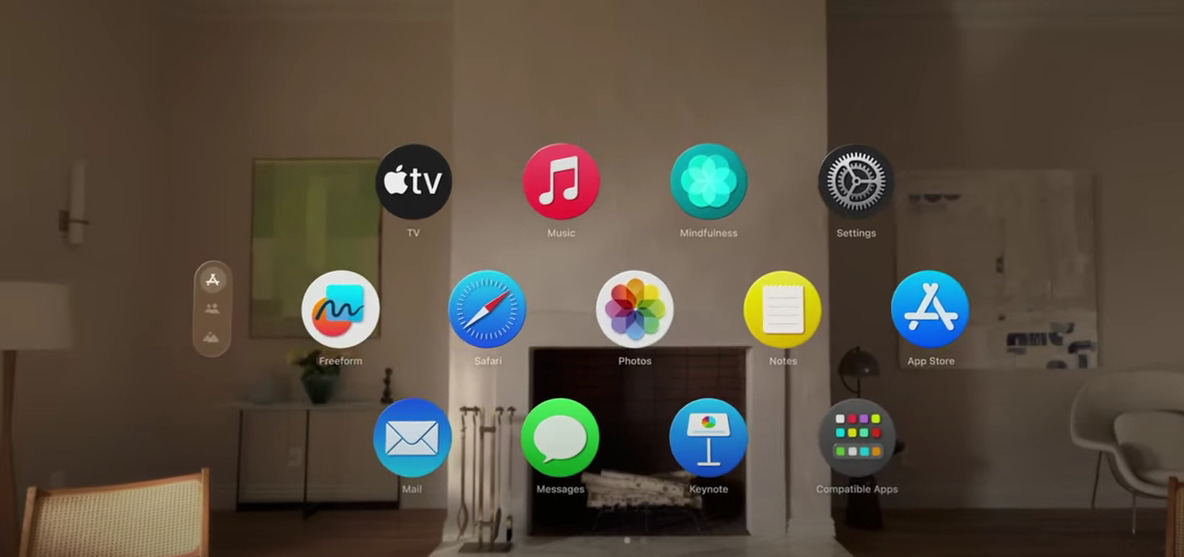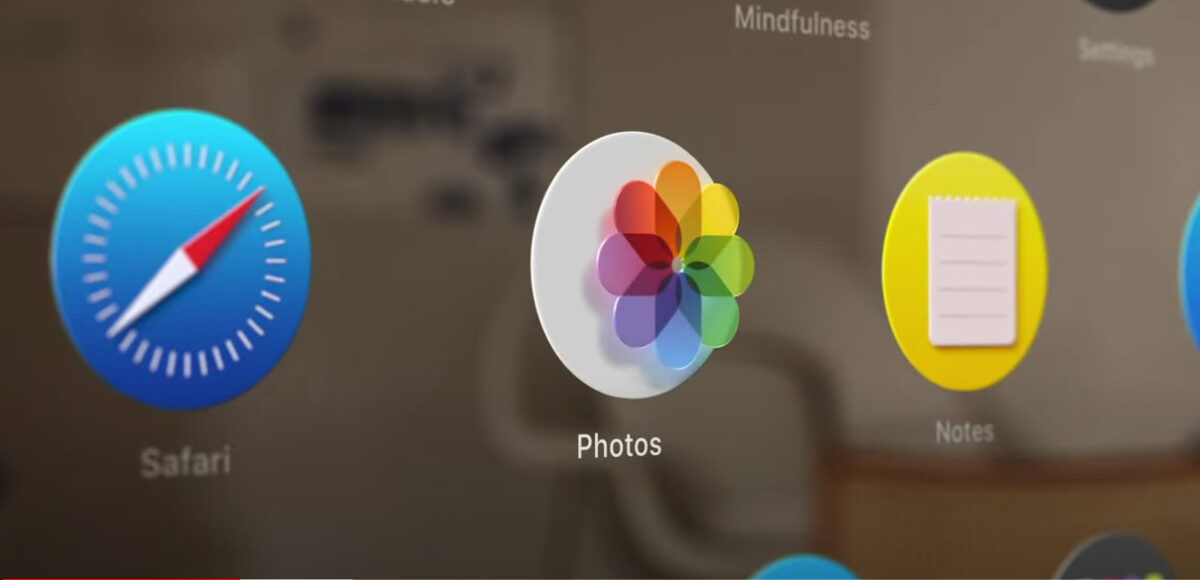Apple has finally come up with its mixed reality headset, which we were expecting to be comparable with the Metaverse or Quest 3. Although its (Vision Pro) release was sorta inevitable, the price, which turns out to be $3,500, was one of the most anticipated factors. We expected it to be anywhere between $2,000 and $3,000. As innovative as the company has always been, Apple has made it absolutely clear that it is not competing. So, this heavy price tag with Vision Pro is just it; you can’t say it’s expensive because there is nothing like it as of yet. A good news? The name comes with a “Pro”, which may reduce the number of ‘expensive pro versions’ the company could add.
When it comes to a mixed reality headset, there are numerous expectations, especially if it’s to have an Apple logo on it. We expect at least one revolutionary feature. And the pricey Vision Pro has got one.
“I’m not even kidding, this eye tracking is sick”, said Marques Brownlee in a recent video. He added that it’s like the closest thing he’s experienced to magic.
Eye tracking is not some brand new technology, even for VR/AR headsets. For example, the PSVR2’s eye tracking boosts the graphical fidelity where you look, and kind of blurrs it everywhere – which brings it closer to the way our real eyes focus, as well as boost the visible graphics.
How Apple’s eye tracking technology stands out
Look at a thing, and click it. And it gets clicked! Remember how they revolutionized mobile phones with touch-screen display a decade and half ago, right? This is the next exponential level.


No wonder why MKBHD calls it magical, right?
Apple achieves this impressive eye tracking functionality through the integration of a lot, lot of cameras, and multiple infrared LEDs within the mixed reality headset.
Traditionally, VR/AR headsets have relied on controllers or sensors to track user interactions. Apple’s mixed reality headset, instead, it utilizes eye-tracking cameras that precisely monitor the user’s gaze, and cameras that detects finger clicks. This means that users can simply look at an object or interface element and click on it using their naked fingers, without the need for any physical controllers. That’s something, isn’t it?
- AI-Powered PCs: Overhyped Trend or Emerging Reality? - August 21, 2024
- Princeton’s AI revolutionizes fusion reactor performance - August 7, 2024
- Large language models could revolutionize finance sector within two years - March 27, 2024


